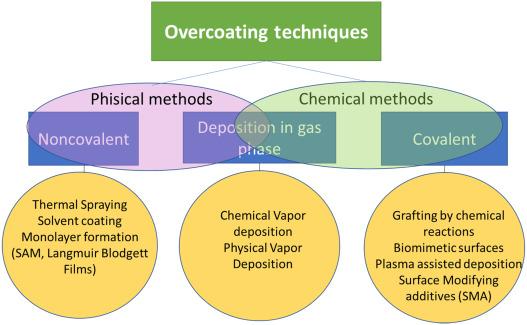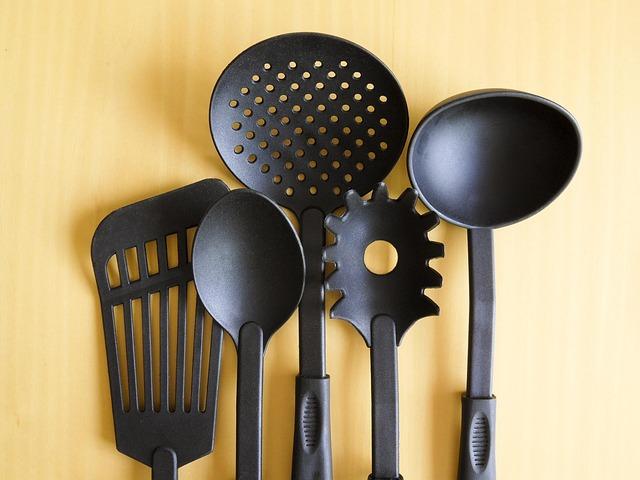In the world of cooking, speed and efficiency are often the unsung heroes behind culinary triumphs. The right cookware can transform the mundane task of meal preparation into a seamless and enjoyable experience. But with a myriad of options available—from gleaming stainless steel to versatile cast iron—one question looms large for both novice home chefs and seasoned gastronomes alike: which cookware heats the fastest and distributes heat evenly? In this article, we embark on a kitchen quest to uncover the truth behind the performance of various cookware materials. Through rigorous testing and careful observation, we aim to illuminate the characteristics that contribute to faster cooking times and superior heat distribution, guiding you toward the ideal pots and pans that can elevate your culinary creations while saving you precious time in the kitchen. Join us as we delve into the science of cooking and reveal the cookware that stands out in the race for speed and efficiency.
Exploring Heat Conductivity in Cookware Materials
Understanding the heat conductivity of cookware materials is essential for maximizing both speed and efficiency in cooking. Different materials respond uniquely when subjected to heat, impacting not just how fast a pan reaches temperature, but also how evenly that heat is distributed across its surface. Among the most popular materials used in cookware, you’ll often encounter:
- Stainless Steel: Known for its durability and resistance to rust, stainless steel cookware can exhibit slower heat distribution unless it has an aluminum or copper core to enhance conductivity.
- Copper: Renowned for its superb thermal conductivity, copper pans heat up quickly and provide excellent control, making them a favorite among professional chefs.
- Cast Iron: Though it takes longer to heat, cast iron retains heat exceptionally well, ensuring even cooking but requires patience in achieving ideal temperatures.
- Aluminum: Lightweight and affordable, aluminum heats up quickly, but can warp under high heat unless anodized or coated properly.
To further illustrate how these materials compare, the table below summarizes their speed and heat distribution characteristics:
| Material | Heat-Up Time | Heat Distribution |
|---|---|---|
| Stainless Steel | Moderate | Uneven without core |
| Copper | Fast | Very Even |
| Cast Iron | Slow | Even, holds heat well |
| Aluminum | Very Fast | Good, can warp |

The Role of Surface Properties in Speed and Efficiency
When evaluating cookware, the surface properties play a critical role in determining how quickly and evenly heat is distributed. Materials such as stainless steel, cast iron, and non-stick coatings interact with heat in unique ways due to their thermal conductivity, emissivity, and heat retention capabilities. For instance, copper cookware, known for its excellent conduction, heats quickly and responds immediately to temperature changes, making it a preferred choice for precision cooking. In contrast, cast iron excels in heat retention, providing consistent temperature to food, although it may take longer to reach optimal cooking temperatures.
Additionally, the surface texture of cookware can impact cooking performance. A smooth surface tends to facilitate better heat transfer, allowing food to cook evenly, while a textured surface can create hotspots if not managed properly. Factors such as coating thickness and material reflectivity also affect how cookware responds to heating. The following list summarizes key surface properties that influence heat dynamics:
- Thermal Conductivity: Ability to conduct heat effectively.
- Heat Retention: Retains heat for longer periods.
- Emissivity: Reflects or absorbs heat based on surface finish.
- Surface Texture: Affects thermal interaction with food.

Comparative Analysis: Top Cookware Brands for Rapid Heating
When evaluating the best cookware for rapid heating, several leading brands emerge as frontrunners in the culinary world. All-Clad, renowned for its bonded metal construction, promises exceptional thermal conductivity, ensuring that heat distributes evenly across the surface. Meanwhile, Calphalon is celebrated for its hard-anodized aluminum, which heats up quickly without hot spots, making meal preparations faster and more efficient. Other notable competitors include T-fal, with its unique Thermo-Spot technology that indicates when the pan is perfectly preheated, and Cuisinart, offering stainless steel options that boast impressive heat retention.
To provide a clearer perspective, we’ve compiled a brief comparison based on key attributes for each brand. These aspects include material, heat-up time, and evenness of heating:
| Brand | Material | Heat-Up Time | Even Heat Distribution |
|---|---|---|---|
| All-Clad | Stainless Steel | Fast | Excellent |
| Calphalon | Hard-Anodized Aluminum | Very Fast | High |
| T-fal | Aluminum | Fast | Good |
| Cuisinart | Stainless Steel | Moderate | Very Good |

Maximizing Performance: Tips for Optimal Heat Distribution
Achieving optimal heat distribution in cookware is crucial for preparing meals efficiently. Material selection plays a significant role in how quickly and evenly heat spreads across the surface. For instance, metals like copper and aluminum are renowned for their excellent thermal conductivity, allowing for rapid heat absorption and distribution. On the other hand, ceramic and cast iron may take longer to heat up but can maintain temperature, making them suitable for slow cooking methods. When choosing your cookware, consider the following factors:
- Type of Material: Select lightweight metals for fast cooking.
- Design Features: Look for pans with thick bases that support even heat dispersion.
- Handle Type: Opt for heat-resistant handles to ensure safety while cooking.
Additionally, pre-heating your cookware before adding ingredients can significantly improve both speed and efficiency in cooking. It allows food to start cooking immediately upon contact, preventing sticking and ensuring a consistent texture. Using lids can also enhance heat retention, promoting an even cooking environment. Consider the following tips:
- Preheat Properly: Allow your pan to reach the desired temperature before use.
- Use Lids: Covering pots retains heat, speeding up the cooking process.
- Monitor Heat Levels: Adjust burner settings to maintain consistent temperatures.
| Cookware Type | Heat Conductivity | Best Use |
|---|---|---|
| Copper | High | Searing & sautéing |
| Aluminum | Medium | Stir-frying & pancakes |
| Ceramic | Low | Baking & slow cooking |
| Cast Iron | Medium | Frying & braising |
In Summary
In conclusion, when it comes to the quest for the ideal cookware that combines speed and even heat distribution, our findings reveal a fascinating landscape influenced by material choices, design intricacies, and innovative technologies. Whether you gravitate towards the quick responsiveness of copper or the enduring reliability of cast iron, each option presents its own unique merits that cater to different cooking styles and preferences.
As you navigate your culinary adventures, remember that the best cookware is not just about how fast it heats but how well it performs in unison with your cooking technique. We encourage you to experiment, to engage with your kitchen tools, and to discover the alchemy that occurs when heat meets skill.
Ultimately, the journey to pinpoint the fastest heating cookware is as varied and rich as the dishes it helps you create. So, equip yourself with knowledge, embrace your culinary curiosity, and let your kitchen be the canvas for remarkable flavors and experiences. Happy cooking!




